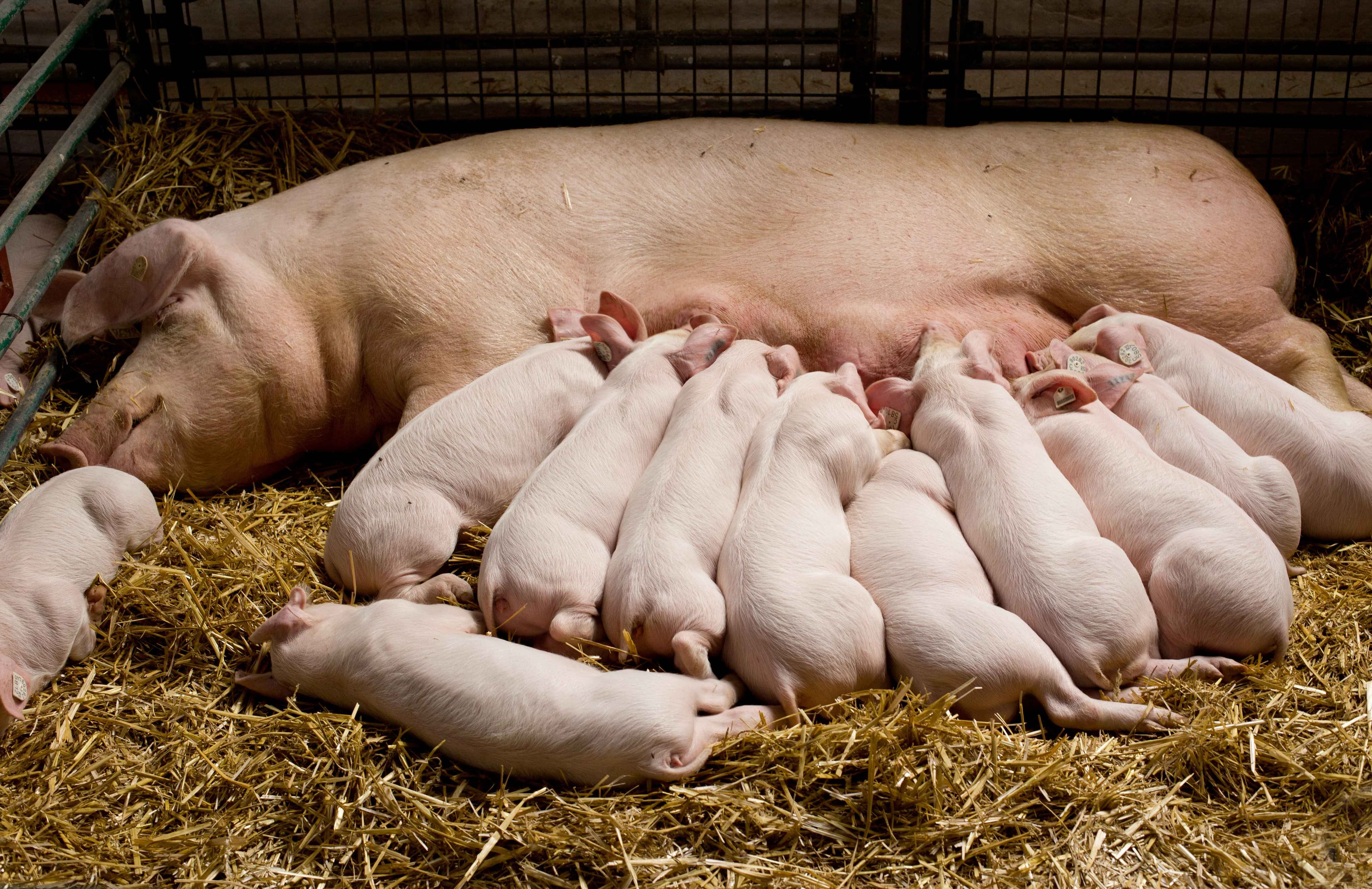Mitigating Sow Mortality Through Effective Employee Training
Sow mortality remains a pressing issue for swine producers across the United States, posing significant challenges to farm profitability and sustainability. In an industry where margins are often razor-thin, ensuring the successful transition of a gilt into a healthy third-parity sow is essential for recouping developmental costs and maintaining a productive herd.
“Over the last handful of years, sow mortality has been excessive, but in 2023, it was particularly bad,” says Adam Gutierrez, senior account manager with Pharmgate Animal Health. “We saw 15.3% sow mortality, a 1% increase from the previous year, according to MetaFarms."
Addressing sow mortality involves navigating a multitude of contributing factors, making early detection of illness and lameness crucial. Fortunately, through comprehensive employee training, identifying these issues at their onset becomes more feasible. Here are some strategies to enhance sow health and longevity through employee education:
1. Train employees for keen observation: Equipping farm workers with the skills to recognize early signs of illness or lameness significantly improves the likelihood of successful treatment and long-term health improvement. Training initiatives should encompass observing sows and gilts in their natural behaviors, identifying subtle indicators of health issues, and outlining appropriate response protocols upon detection.
2. Encourage reporting and communication: Employees should diligently record their observations to ensure continuity of care across shifts and effectively communicate any concerns to veterinary professionals. Timely reporting facilitates prompt intervention and treatment, minimizing the impact of health challenges on sow welfare.
3. Identify abnormalities: Monitoring feed consumption and observing deviations from normal behavior, such as social withdrawal, can provide valuable insights into a sow's health status. Maintaining a keen eye for subtle changes in demeanor or feeding patterns enables early detection of potential health issues.
4. Focus on lameness detection: Lameness accounts for a significant portion of sow mortality, underscoring the importance of proactive detection strategies. Training employees to conduct thorough assessments of sow mobility, including walking behind and in front of sows, aids in identifying signs of lameness early on. Attention to subtle cues, such as favoring a leg or displaying swollen joints, is critical for timely intervention and ensuring sow comfort.
5. Optimize environmental conditions: Providing an optimal environment during farrowing and illness management enhances sow well-being and longevity. Offering a quiet, low-stress setting for treatment enables sows to recover fully from health challenges. Additionally, ensuring a tranquil environment during farrowing promotes positive nursing behaviors and improves piglet performance.
In conclusion, while sow mortality poses persistent challenges for swine producers, proactive measures centered on employee training and early intervention can effectively mitigate associated health risks. By empowering farm workers to recognize and address signs of illness and lameness promptly, producers can safeguard sow welfare and optimize herd productivity in the face of evolving industry demands.


